7 Interesting Facts About Abu Dhabi
Sude Kırık
26 Apr 2024
- 4 min read
Sude Kırık
26 Apr 2024
- 4 min readAbu Dhabi is a place with very tall buildings, exciting hotels, and an interesting traditional area. It is located on a small island with the same name near the Persian Gulf coast. It's one of the most well-known areas of the UAE. This place used to be a quiet fishing village but changed into a busy and modern city in just 40 years. From a tower in Abu Dhabi that leans to bus stops that are cooled by air conditioning, here are some simple yet interesting things about Abu Dhabi that might surprise you. Experience these fascinating aspects of Abu Dhabi firsthand by joining one of the city tours!
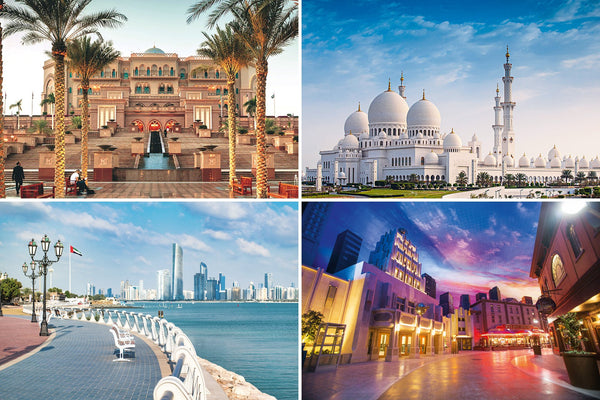
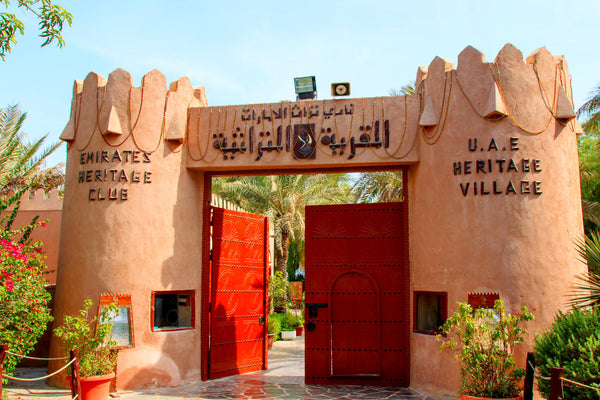
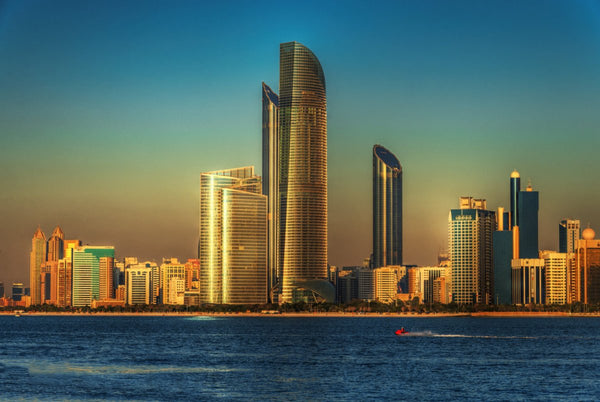
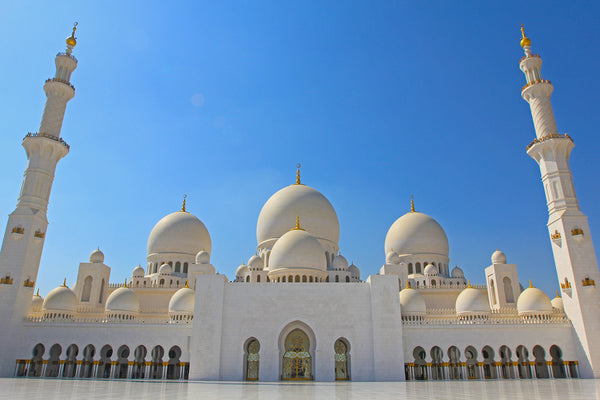
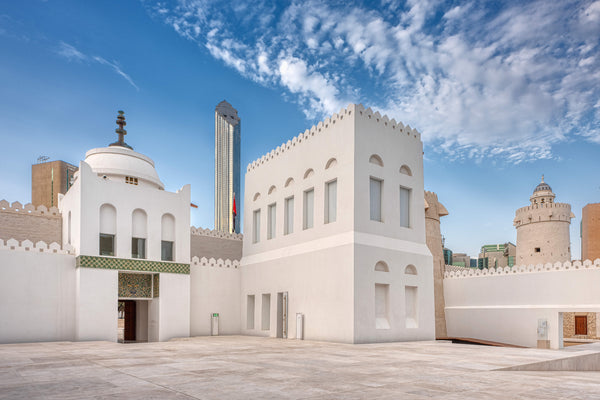
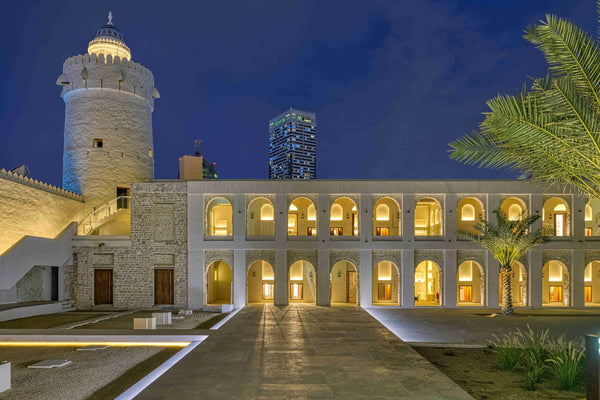
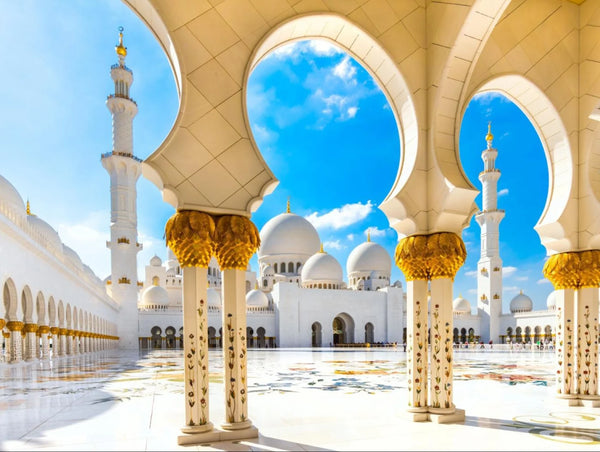
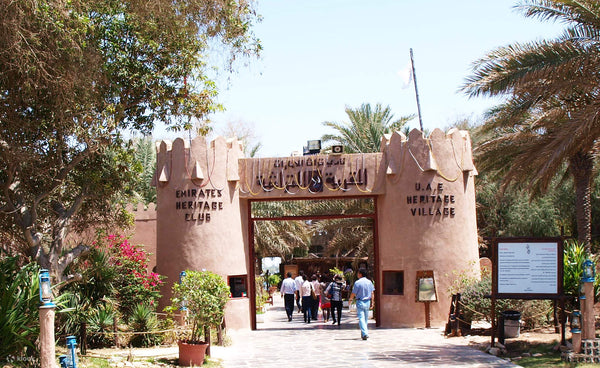
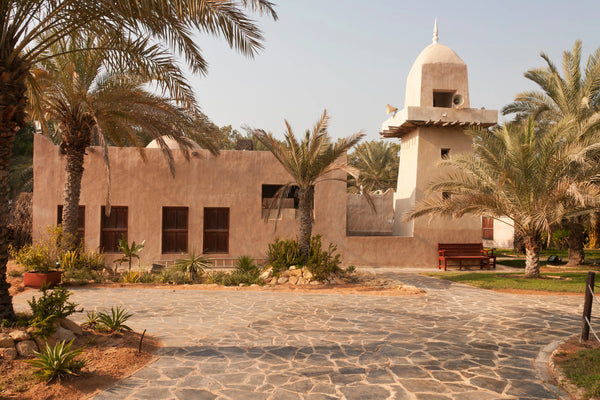
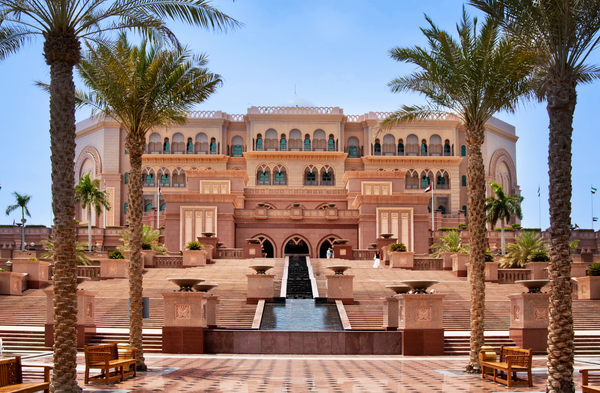
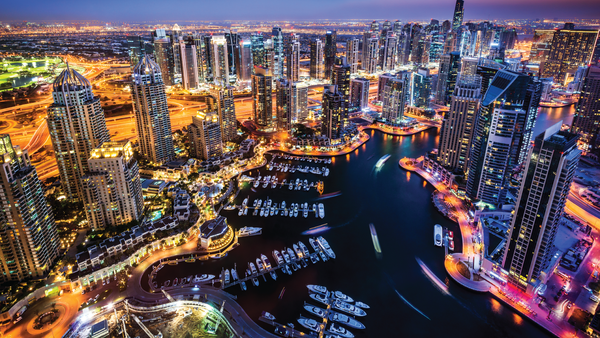
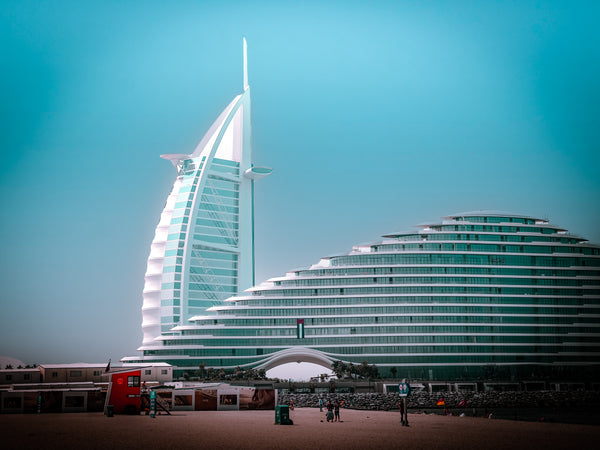
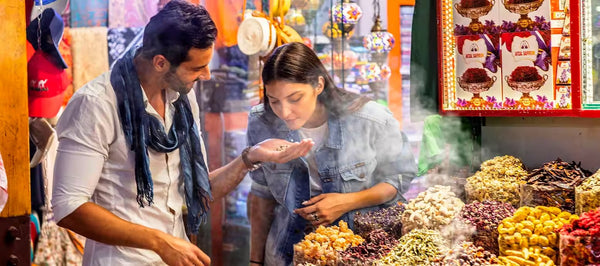
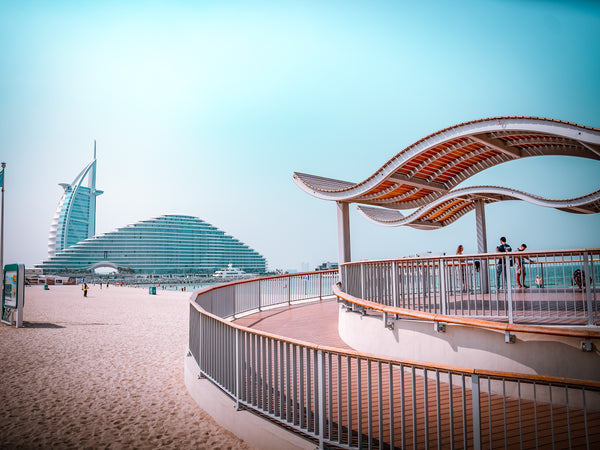
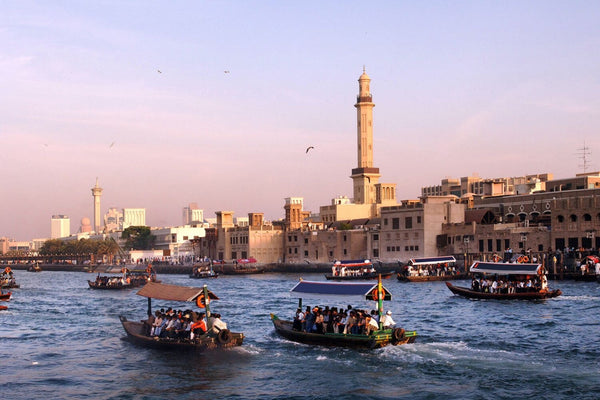
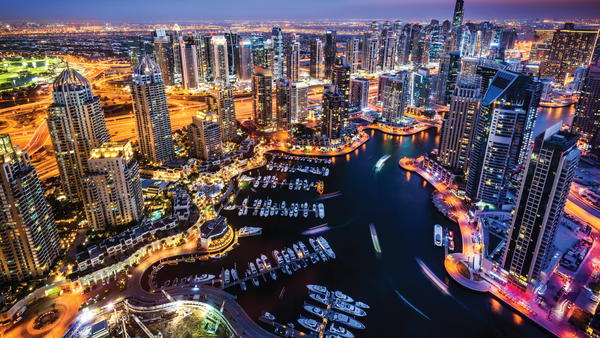
For a long time, like in most of the UAE, Abu Dhabi made most of its money from trading pearls. Divers used to go deep into the ocean, often without any equipment to help them breathe, to look for these precious pearls. However, when fake pearls started being made, the pearl industry in Abu Dhabi began to fail by the mid-1930s.
In 2019, archaeologists found the oldest pearl in the world on Marawah Island, at an old site from the Stone Age. They called it the 'Abu Dhabi Pearl'. They found out it was from around 5800-5600 BCE by testing the layers around it. This discovery shows that the UAE has been involved in the pearl industry for almost 8,000 years.
The Capital Gate Building, also called the “Leaning Tower of Abu Dhabi”, is a very tall building with 35 floors. It is more than 160 meters (520 feet) tall. This building leans to the side by 18°, which is more than the famous Leaning Tower of Pisa in Italy by 14°.
It was built in 2011 and cost about £231 million to make. It has 30 rooms for meetings, a place for helicopters to land, an area where people can eat, and big rooms for events that can hold up to 1,200 people.

In 1967, the famous architect from Japan, Dr. Takahashi, with help from Sheikh Zayad, planned and built the city. It was first made to have homes for 40,000 people. But, the design and planning were so good and ahead of its time that now, it can fit more than 600,000 people. This shows great city growth and smart thinking in architecture.

Masdar City in Abu Dhabi was a very big and special project for city planning. The UAE started talking about this new kind of city in 2008. They wanted it to be the first place where people live that doesn’t harm the environment at all—no waste, no carbon, and using recycled water. This city is different from the rest of Abu Dhabi because it’s made for people to walk around easily.
The first part of building the city cost about USD 20 billion. At first, they thought 50,000 people would live there, but right now only 1,300 people do. There are also about 4,000 people who work there, mostly in companies that are trying to create new ways to use energy from the sun, wind, and other renewable sources.
Abu Dhabi is the world's safest city. For six years, the Numbeo Safety Index says it's number one for safety out of 459 cities. This list looks at living costs, safety, pollution, and crime, all from what people say. Abu Dhabi has very little crime, people aren't scared of being robbed, and not many use drugs. People feel very safe walking alone there.
If you plan to use public transport in Abu Dhabi, here's something nice to know. Most bus stops have air conditioning, seats, and big glass walls, so you can still see outside. Right now, there are more than 100 bus stops like this, and they want to make more. This is a good way to stay cool!
The skyline in the United Arab Emirates is famous for its tall buildings and unique designs. Look at the Al Bahr Towers, for example. People call it "the pineapple building" because its outer part looks like a pineapple and it also saves energy. Then, there's the Aldar Headquarters, which is shaped like a coin and was designed by MZ Architect. Another example is the Burj Mohammed, the tallest building in Abu Dhabi and the 25th tallest in the world.

Abu Dhabi mixes efforts in sustainability, safety, easy-to-use public transport, and new building designs. This makes it more than just a city of the future; it's a welcoming place for people who live there. It focuses on using renewable energy, ensuring people are safe, making public places like bus stops comfortable, and its buildings are as impressive as those in other big cities around the world. Abu Dhabi brings together old traditions and new ways of living in a peaceful way. People are attracted to its innovative projects and the promise of a safe, comfortable life. Abu Dhabi shows what a future can look like where anything is possible.


